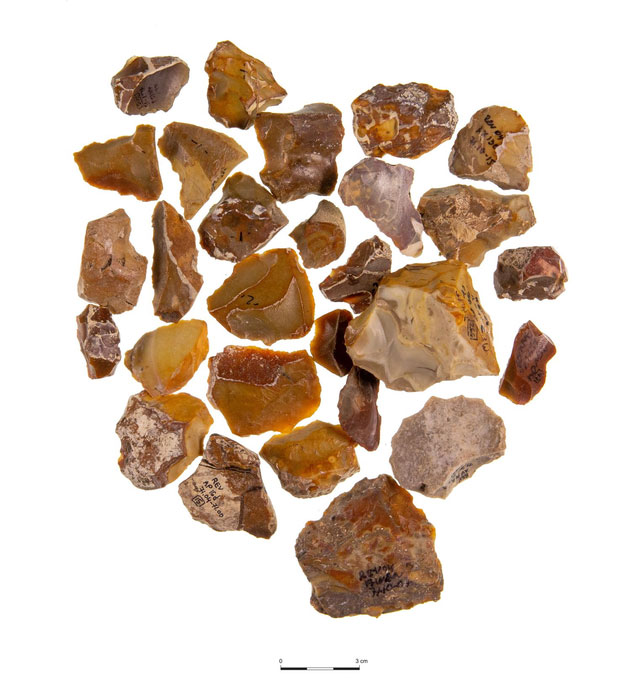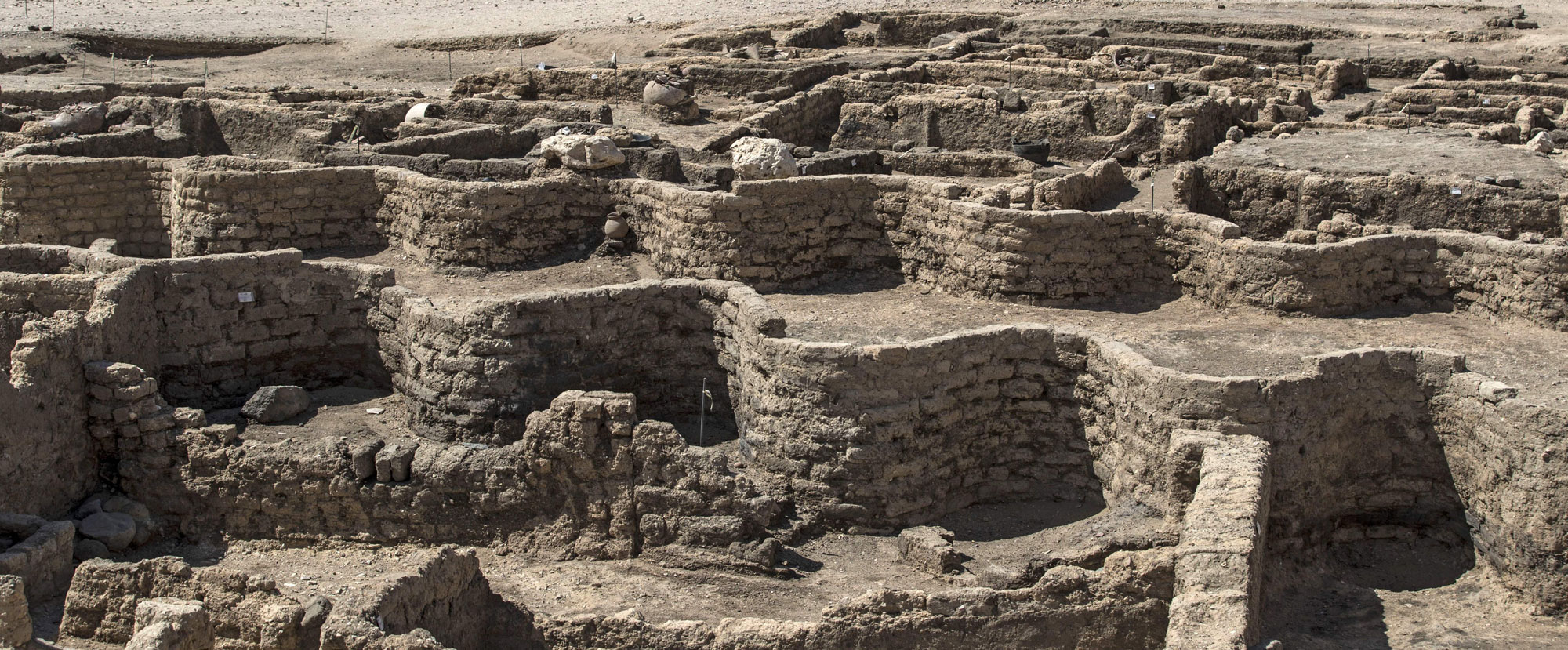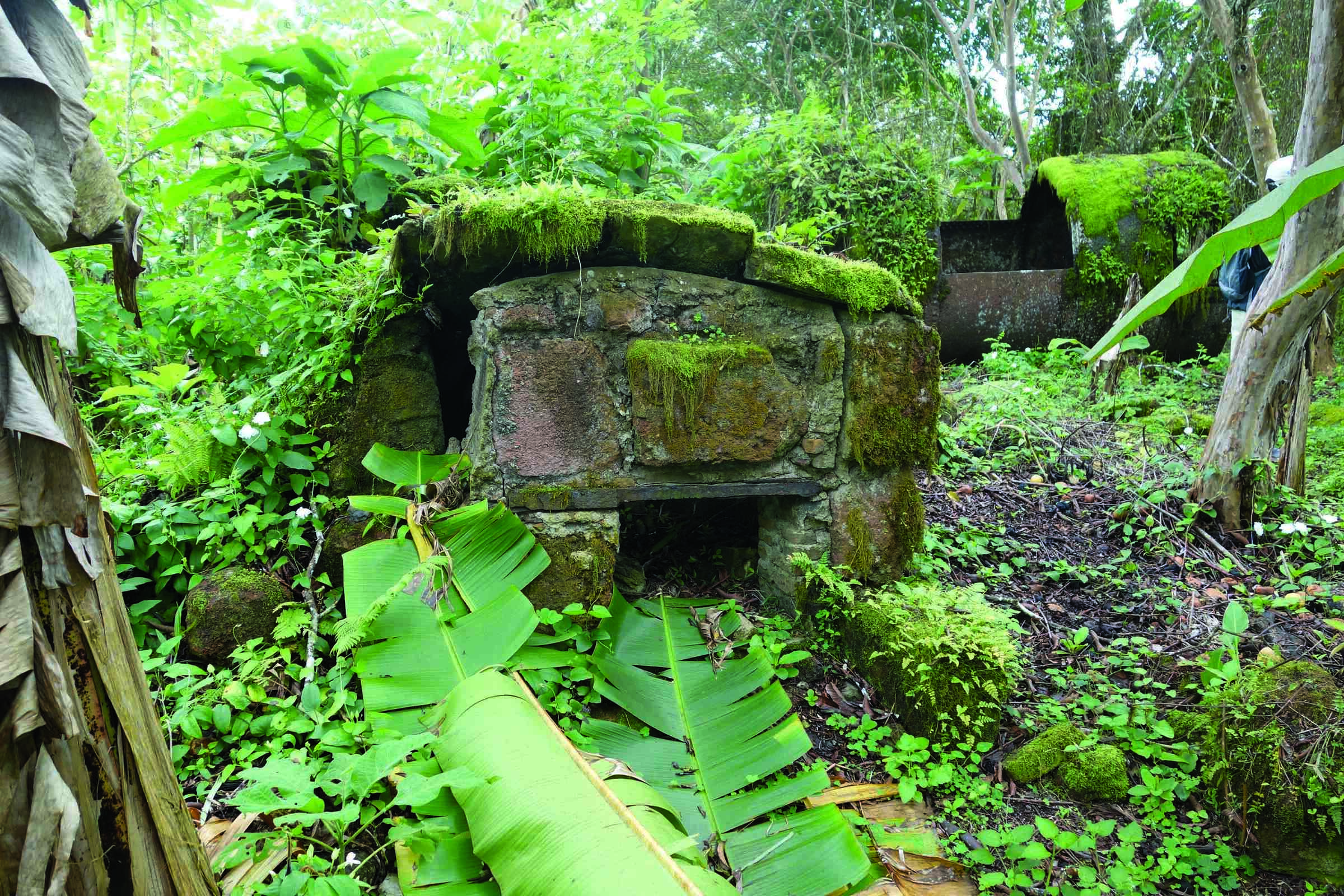
TEL AVIV, ISRAEL—According to a statement released by Tel Aviv University, Bar Efrati and Ran Barkai of Tel Aviv University, Flavia Venditti of the University of Tübingen, and Stella Nunziante Cesaro of Sapienza University suggest that early humans may have collected and recycled stone tools produced by their ancestors as a way to remember them and strengthen their connections to the landscape. The researchers examined 49 flint tools recovered from a 500,000-year-old layer at Ravadim, an open-air site on Israel’s Coastal Plain. Good-quality flint for the production of new tools was readily available in the area, yet these tools had been reworked after a patina had formed on surfaces exposed to the elements over a long period of time. The researchers used microscopes to examine the tools’ old, patina-covered edges, and new edges where the tool had been modified and the patina removed. Wear marks were detected on the edges of 28 tools, and organic residues from animal bones or fat were detected on 13 tools. The study suggests that the older edges had been used primarily for cutting, while the newer edges were used for scraping leather and bone. And when reshaping did occur, it was done to preserve much of a tool’s original form and its patina. Read the original scholarly article about this research in Scientific Reports. To read about stone balls found at Paleolithic sites around the world, including Qesem Cave, go to "Around the World: Israel."










